New Delhi, Aug 26 (V7N) – In a major overhaul of its consumer inflation measurement, India will begin sourcing real-time price data from major e-commerce platforms including Amazon and Walmart-owned Flipkart, the Ministry of Statistics and Programme Implementation announced on Monday. The move aims to better reflect the country’s shifting consumption habits and make the Consumer Price Index (CPI) more representative and timely.
Saurabh Garg, Secretary of the Statistics Ministry, said the government has already begun scraping online prices in 12 cities with populations over 2.5 million. The ministry is also in discussions with e-commerce companies to gain direct access to their pricing data.
"With e-commerce’s growing share in household spending, the Household Consumption Expenditure Survey shows it's now significant enough to be reflected in the CPI basket," Garg told Reuters in an interview.
The reform is part of a broader trend seen globally, with countries like the U.S. and South Korea incorporating online and scanner data into inflation calculations to capture evolving consumer behavior. India had approximately 270 million online shoppers in 2024—a figure expected to grow by 22% annually, according to private studies.
Under the plan, e-commerce platforms will provide weekly average prices for key consumer goods. These figures will be cross-checked with broader datasets to minimize anomalies. The updated CPI series, which will roll out early next year, will also revise item weightings—particularly as recent surveys indicate Indian households are spending a smaller proportion of their budgets on food.
In addition to goods sold online, the revamped index will also account for digital services, such as airfares and streaming media subscriptions, reflecting their increasing prevalence in household expenditure.
Part of a Larger Statistical Reform
The CPI upgrade is just one element of a sweeping modernization of India’s statistical systems. A new GDP series using a base year of 2022–23 is also in the works. Other improvements include an expanded investment survey and more frequent labour force reports.
Addressing past concerns over data accuracy, Garg stated that the ministry has nearly doubled its household sample size for monthly employment surveys, from 45,000 to over 90,000, aiming to enhance the reliability of labour statistics.
"The larger sample ensures that even monthly labour force estimates are precise and robust for decision-making," Garg said. He added that the methodology aligns with international standards, ensuring both credibility and comparability.
The ministry is also preparing to introduce a new Index of Services Production (ISP), designed to measure output in the services sector—which contributes over 50% to India’s GDP. Unlike manufacturing, which is tracked more closely, services remain underrepresented in economic indicators. The ISP is expected to be rolled out by mid-2026.
These data modernization efforts signal India’s intent to enhance transparency, align with global practices, and equip policymakers with real-time insights into the nation’s rapidly evolving economy.
END/WD/AJ/






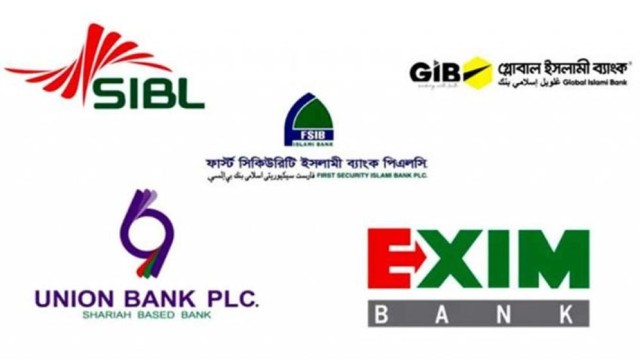



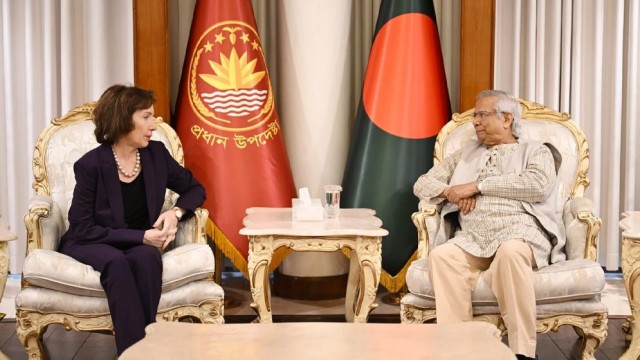




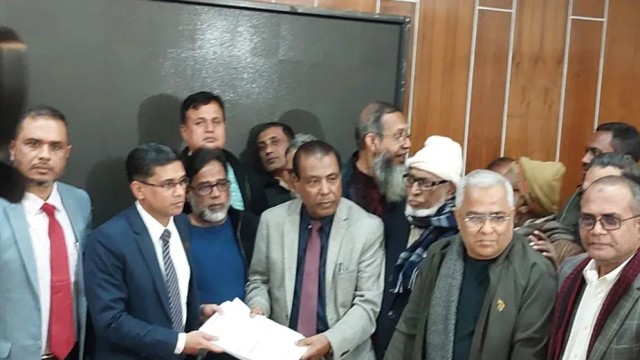









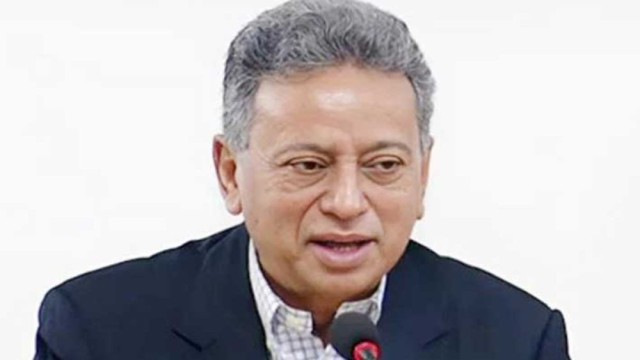


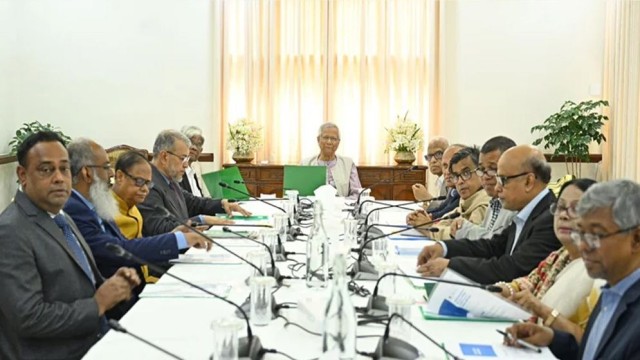


Comment: